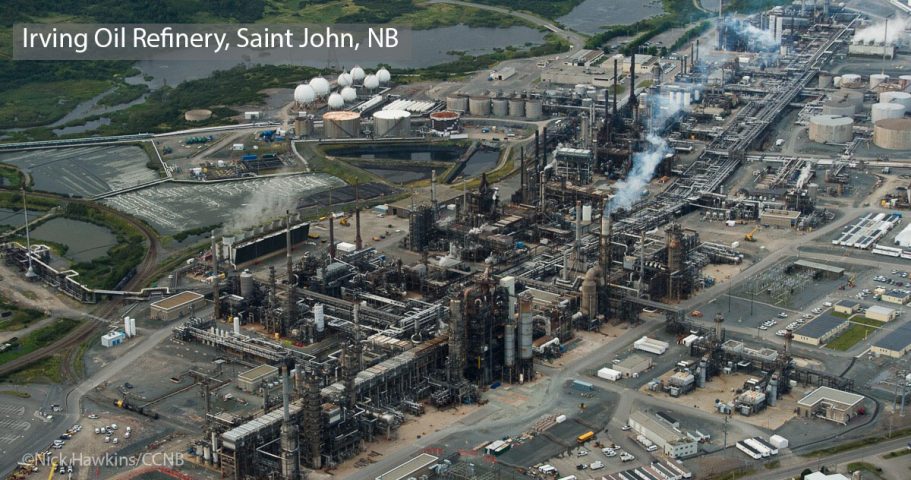Attention News Editors: Dr. Louise Comeau, Director of Climate Solutions, issued the following statement with respect to the release today of the provincial government’s 2021 Air Quality Monitoring Results. She is available for interviews.
“The provincial air quality data released today show too many exceedances of sulphur dioxide at pulp and paper mills in Northern New Brunswick (Edmundston and Atholville) and of particulate matter in Saint John. While New Brunswick meets most of the current Canadian standards, it needs to do more to ensure industrial polluters get on track to meet improved national air quality standards for 2025.
Stricter standards and enforcement is essential if we are to protect citizens’ health from air pollution. This is an environmental justice issue because the most polluted parts of the province are in some of our poorest neighbourhoods. Industrial air quality operating approvals should be based on plans that show how plants will meet current and upcoming standards.
The data show that in 2021, industrial activity also left citizens breathing air that exceeded the World Health Organization’s standards for exposure to fine particulate matter (PM2.5). Ten of 16 air quality stations monitoring PM2.5 reported the pollutant at a higher annual concentration than the current WHO standard (5 micrograms per cubic metre air, or µg/m3). The provincial standard is 8.8 µg/m3.
PM2.5 can penetrate the lungs and get into the bloodstream, affecting all major organs. Exposure can cause cardiovascular and respiratory diseases and provoke stroke, lung cancer and chronic obstructive pulmonary disease (COPD), for example.
The Edmundston monitoring station recorded the highest PM2.5 exposure in 2021, at 7.2µg/m3. Other exceedances were recorded at stations in Saint John, Moncton, Fredericton, Nackawic and Bathurst.
The report says pulp mills and generating stations are the largest emitters in the northern region (covering Bathurst, Belledune, and communities along the northern coastline and Quebec border), pulp mills are the largest emitters in the central region (covering Moncton, Dieppe, Fredericton, Miramichi and Edmundston), while the southern region’s biggest polluters (covering Saint John and communities along the Bay of Fundy coastline and Maine border) are the Irving Oil Refinery (where nine sulphur dioxide exceedances occurred in 2021), Coleson Cove Generating Station, pulp and paper mills, and shipping traffic.”
-30-
Links:
- Read the 2021 Air Quality Monitoring Results
- Read the provincial government’s news release
- View the province’s Air Quality Data Portal
To arrange an interview, contact:
Jon MacNeill, Communications Director | jon.macneill@conservationcouncil.ca | 506.238.3539

